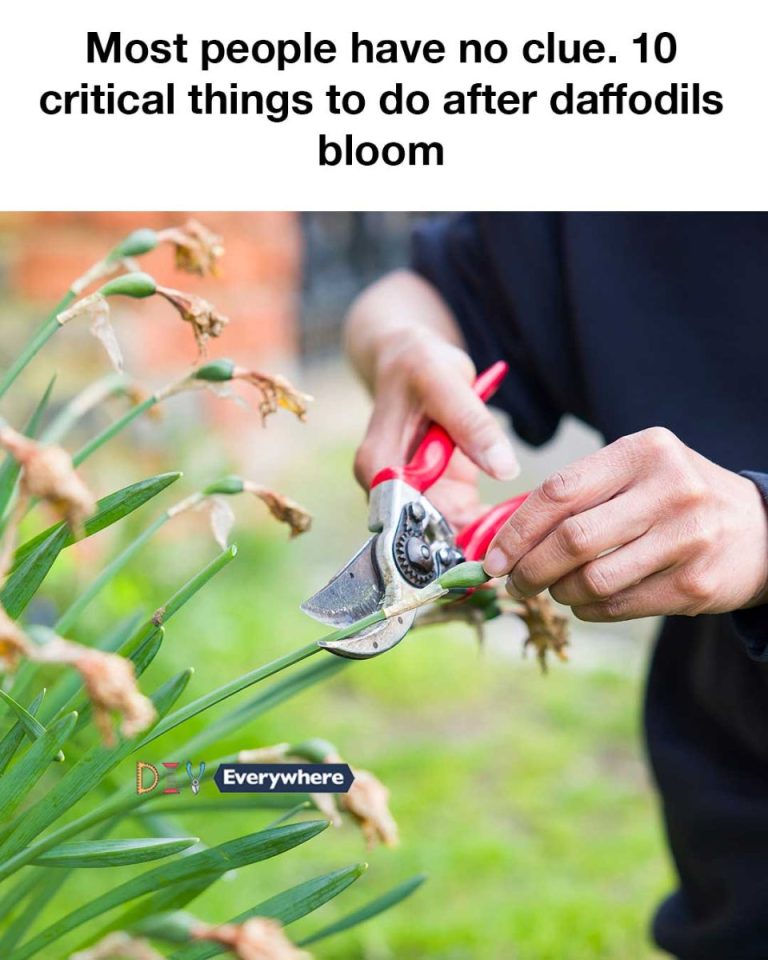5. Pest Control: Safeguarding Against Common Threats
Daffodils are generally resistant to pests, but they can still fall victim to certain threats such as bulb flies, slugs, and snails. Regularly inspect the plants for signs of pest activity and take action as needed. Natural deterrents, such as diatomaceous earth or copper tape, can be effective against slugs and snails. For bulb flies, consider using insecticidal soap or neem oil.
6. Dividing Clumps: Promoting Healthy Growth
Over time, daffodil bulbs can become overcrowded, leading to reduced blooming. Dividing clumps every 3-5 years helps maintain healthy growth and encourages more prolific flowering. The best time to divide daffodils is after the foliage has died back, usually in late spring or early summer. Carefully dig up the bulbs, separate them, and replant them at the appropriate depth and spacing.
7. Soil Testing: Analyzing and Amending for Optimal Growth
Conducting a soil test can provide valuable insights into the nutrient composition and pH level of your garden soil. Based on the results, you can amend the soil to create optimal growing conditions for daffodils. If the soil is too acidic, adding lime can help raise the pH. Conversely, if the soil is too alkaline, sulfur can be used to lower the pH.
8. Monitoring Foliage: Recognizing Signs of Disease
Healthy foliage is crucial for photosynthesis and energy storage in the bulbs. Keep an eye on the leaves for any signs of disease, such as yellowing, spots, or wilting. Common daffodil diseases include basal rot and narcissus smoulder. If you notice any symptoms, remove affected foliage and treat the plants with appropriate fungicides or cultural controls.
9. Planning for Next Year: Strategic Bulb Placement
Consider the overall design and layout of your garden when planning for next year’s daffodil display. Think about color combinations, bloom times, and companion plants that will complement your daffodils. Strategic bulb placement can enhance the visual appeal of your garden and ensure a continuous display of blooms throughout the spring.
10. Documenting: Keeping a Garden Journal for Future Reference
Maintaining a garden journal is an excellent way to track the progress of your daffodils and other plants. Record details such as bloom dates, weather conditions, pest activity, and any care actions taken. This information can be invaluable for planning future gardening activities and making informed decisions about plant care.
Conclusion: The Long-Term Benefits of Proper Daffodil Care
By following these critical steps after daffodils bloom, gardeners can ensure the long-term health and vitality of their plants. Proper post-bloom care not only enhances the beauty of the garden but also supports sustainable gardening practices. With careful attention and maintenance, daffodils can continue to bring joy and color to your garden for many years to come.
